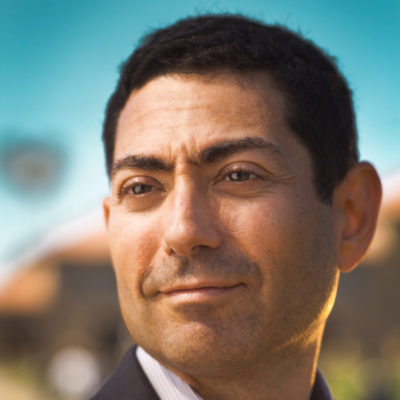Institutions, Migrants, And Machines: Three Pivotal Transitions In American Law Since 1890
Summary
In this lecture, Justice Mariano-Florentino Cuéllar, of the Supreme Court of California, discusses how many countries throughout the world face dilemmas about the role of immigrants in society, the legitimacy and capacity of domestic institutions, and social and economic changes triggered by technological innovation. In the United States, Cuéllar notes, these dilemmas have had major consequences for the country’s recent history and its place in the world. Between roughly 1890 and 1950, the United States evolved from a developing country constrained by fragile institutions and economic uncertainty into a preeminent global power. In the latter half of the twentieth century and the early twenty-first century, Americans then saw their country experience major demographic changes, arising from the United States’ distinctive approach to immigration, as well as technological developments affecting society and work. By reflecting on how law and society have affected each other during these transitions –– including the channeling of societal conflicts into courts and agencies in the first half of the twentieth century, changes in immigration policy in the mid-1960s, and the issues now emerging at the intersection of law, “big data,” and “artificial intelligence” –– we can better understand the choices advanced industrialized countries face as they adapt to a world replete with new risks and opportunities.
Read More
